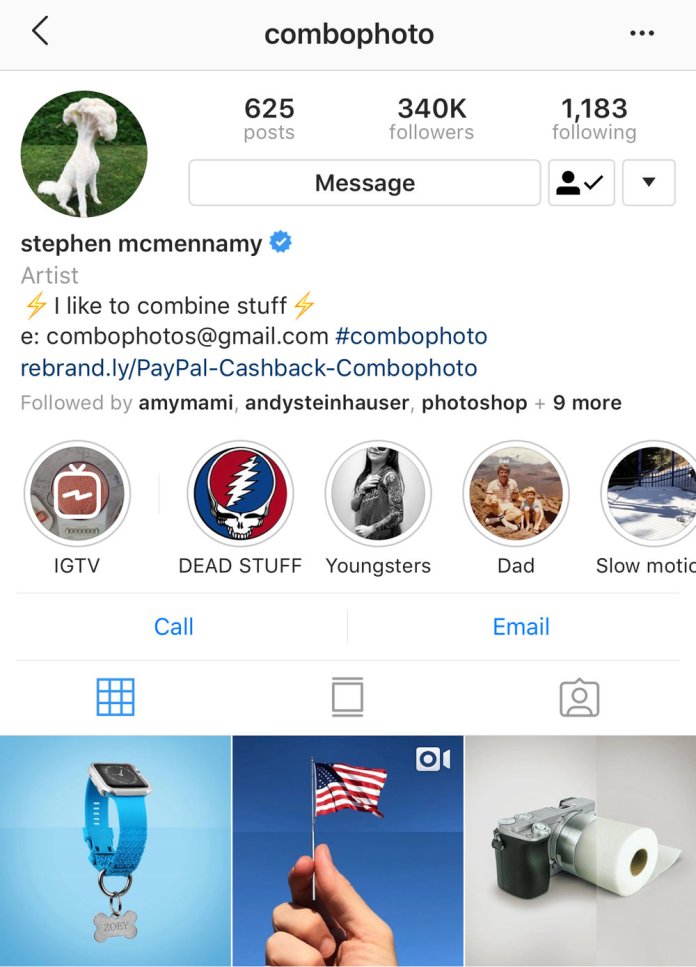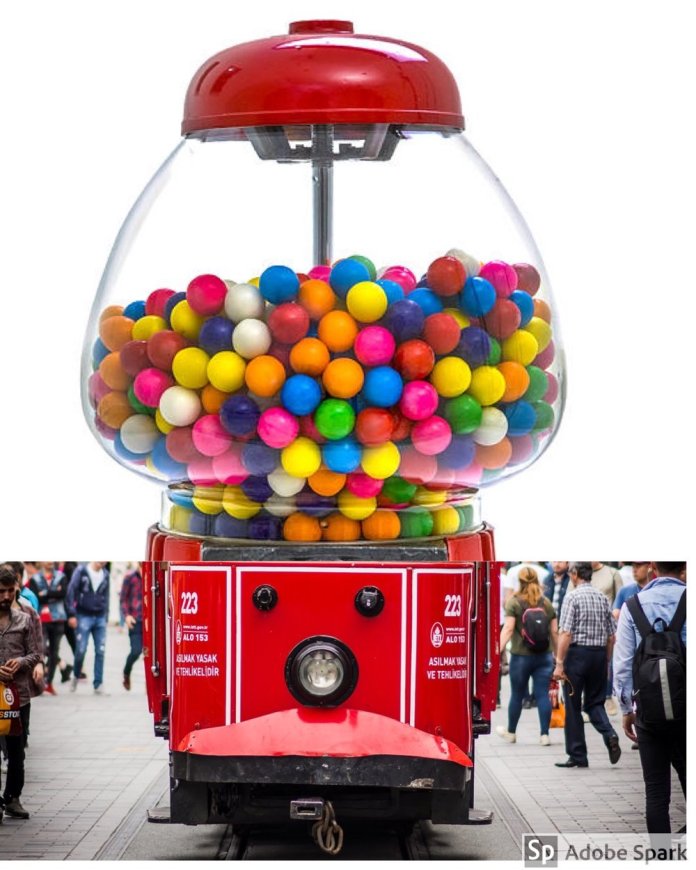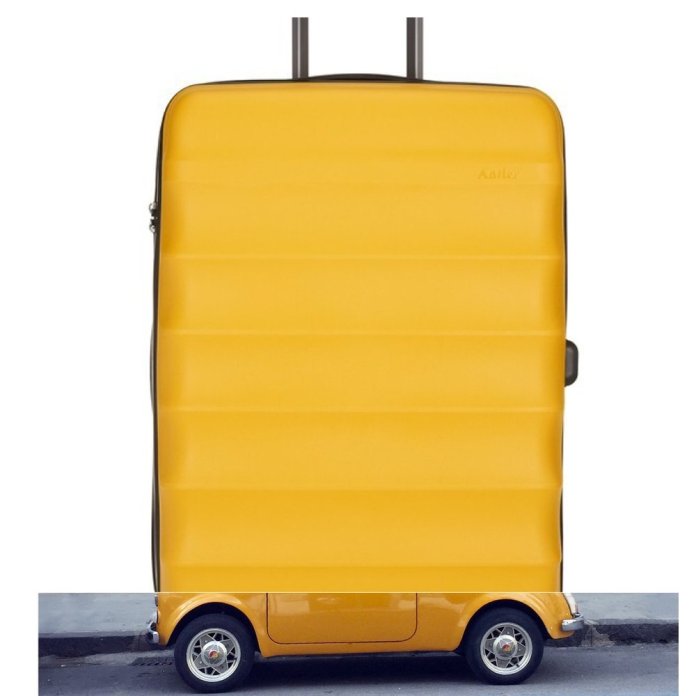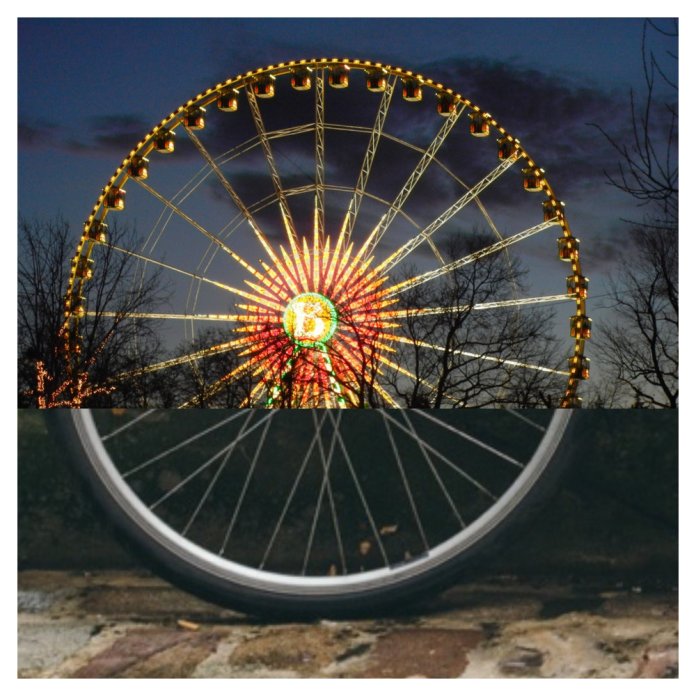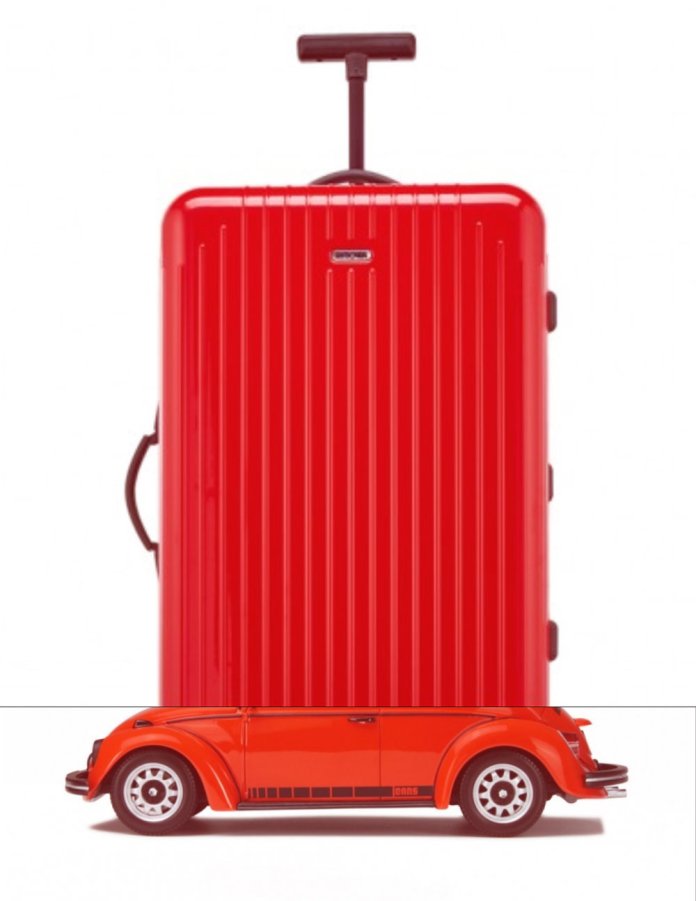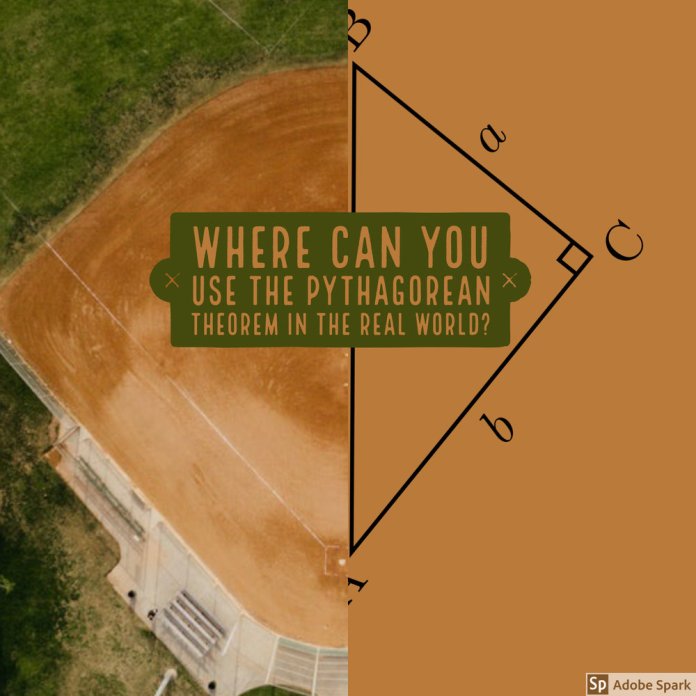I share during many talks that creativity is a mindset not an art set. The elephant in the room is once you buy into the mantra, what steps can you take to act on the mindset? There are so many cool ways to build up our creative abilities. What I am striving to do with all my work on the Educated By Design project, is to discover ways in which creative exercises can compliment development of fundamental literacies and competencies to make our students and ourselves more capable of doing great work.
For those who have yet to see the work from Stephen McMennamy, you are in for a treat. His ability to look at the world around him and find creative connections in seemingly divergent of objects is uncanny.
I have followed him on Instagram for close to a year now and at one point a few months ago, I realized that his creative process could be translated into not just a powerful art project, but an incredible experience in strengthening diveragent and creative thinking abilities. With his work as inspiration I opened up Adobe Photoshop, but soon realized that this needed to be something scalable beyond Photoshop users. So with the famous Geico line in my head, “So Easy a Caveman Can Do It”, I set in my mind that it needs to be,
“So Easy a 1st Grader Can Do It.”
With this line as my inspiration, I opened up Adobe Spark to see how quickly and easily I could create something like Stephen, and here you have it folks.
My gumball-trolly, suitcase-beetle, and typewriter-laptop.
The experience made me realize that to really understand our creative selves and creative potential, we need small concrete moments of eye opening experiences. We need to dispel the myth that creativity is defined as drawing, painting, or music composition. Most importantly, we need to realize that creativity can be unlocked by looking beyond the functional fixedness of the world, and find ways to capture and communicate what we see in new ways.
Combo Photo Tutorial
Combine Photo Challenge
Inspired by Stephen McMennamy
Application: Adobe Spark Post
Grade Level: K through 12
Difficulty: Easy/Moderate
*Teacher Note: You are encouraged to not show project examples. The challenge is meant to not just create, but to drive meaningful discussion and reflective writing. Each element from creation, discussion, to reflection, will help students document their growth around divergent thinking and creativity.
- 3 minutes: Try to write down a list of as many objects as you can.
- 10 minutes: Brainstorm the features of each object on your list
- Up to you if you share examples. ie: wheels, cord, rectangle, hole, switch, color, etc.
- Choose 6 objects that you will combine to create 3 new creations.
- 20 minutes: Using Adobe Spark:
- Search for two images that represent the chosen objects.
- Line them up either vertical or horizontal. The goal is symmetry and to line up the edges of both objects.
- Move the border bars and zoom in on each photograph to line up the object as seamlessly as possible.
- 20 minutes: Share student work with guided discussion around the process and product.
- Example Questions
- How did you discover that the two objects connected?
- What was harder, coming up with the list of objects or finding ways to combine them?
- How many different ways did you try to combine the object before deciding on the final combination?
- What did combining “object x” and “object y” tell us about how we look at objects around us?
- What are some examples of objects that have been combined that changed the world?
- ie: iPhone, lightbulb, Mobile home, Hovercraft.
- Example Questions
This activity is something that can be completed in a short amount of time but yield powerful results. Beyond mastery of awesome tech tools like Adobe Spark and the power of imagery and design, this activity give students an opportunity to create a product that stimulates conversation and awareness around the divergent thinking and creative processes.
Beyond a divergent thinking exercise, this method of using Adobe Spark Post to create Combo Photos can be a great way to engage in a number of content areas.
Math
#block-yui_3_17_2_1_1531768240781_77369 .sqs-gallery-block-grid .sqs-gallery-design-grid { margin-right: -20px; }
#block-yui_3_17_2_1_1531768240781_77369 .sqs-gallery-block-grid .sqs-gallery-design-grid-slide .margin-wrapper { margin-right: 20px; margin-bottom: 20px; }
The combo photo process can move beyond elementary level symmatry (check out the literature review on the importance of understanding symmetry at an early age here) and move into high school geometry by putting a visual face to a sometimes abstract analysis of triangular space.
Humanities
The photo above of the laptop typewriter is a great example of how you can use the combo photo process to create images that compare and contrast literature and history.
These are just a few additional content connected ideas beyond this valuable experience in developing stronger divergent thinking skills.
It also shows our students and ourselves that creativity is about combining the unexpected, not just drawing it.


